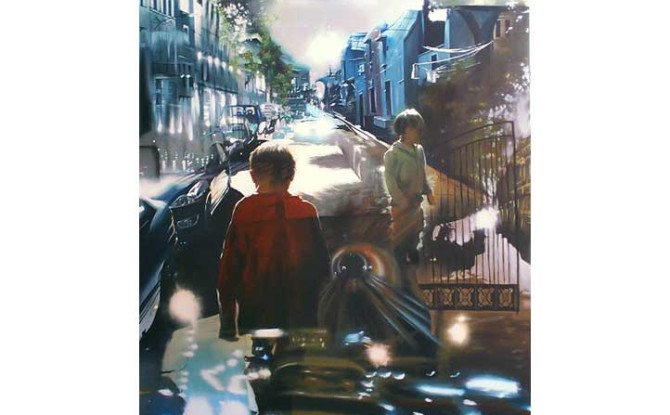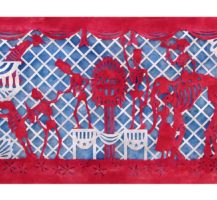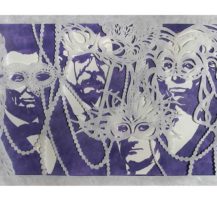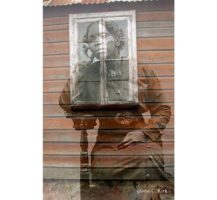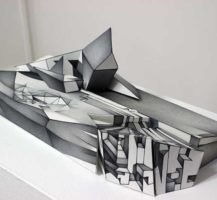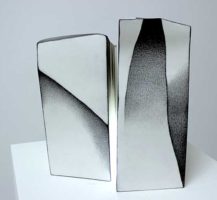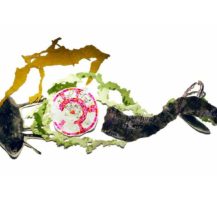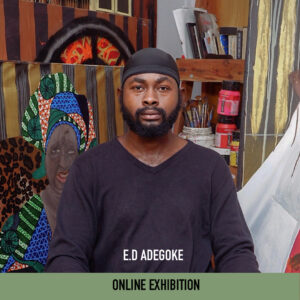May 2013
Of Time and Light
Lara Bandilla’s paintings narrate the light and movement of time and space. Her work is haunting and touching. The observer looks at the snapshot of a moment while simultaneously a room into infinity opens. The paintings serve as gateways for a journey into endlessness. The resemblance to photography leads to a high objective recognition value that catapults almost immediately into the subjective world of personal recognition.
Bandilla’s exceptional representation of light evokes memories of specific times of the day or year. But such memories are not tangible, they trickle through the fingers and are replaced by timelessness. Like a film still, the paintings capture snapshots of a movement, yet extend far deeper. Because of their impossible superimpositions they become the basis for an encounter with oneself, or “Sein.” The emotions evoked by the work are concrete, but impossible to name or define. They recall and awaken memories of certain moods and moments where life stands still. Moments without faces or facts, made of impressions and perceptions.
Lara Bandilla displays her philosophical view of everyday life. She offers the spectator the possibility to experience himself in a new way and give his personal point of view a different direction.
Bandilla was born in Hamburg, Germany. She started working as an actress when she was sixteen but after marrying the philosopher Joachim Koch she moved to Rome, Italy, where she started studying autodidactic painting and trying different medias and materials. In 2001 the Kleist Museum in Germany showed her interpretation of Penthesilea, the drama by Heinrich von Kleist. In the following years Lara Bandilla gave birth to two children and moved to Cologne, Germany, where her husband died of a severe illness. In 2011 she moved from Cologne to Berlin, where she currently lives. At the end of 2012 she started working on her project New World.
To view more of Bandilla’s work, visit www.larabandilla.de.

